Subject Focus: Merrill-Palmer Institute
With the 2013-2014 school year in full swing, it seems an appropriate time to reflect on the American educational system and, in particular, how it all begins – preschool. As the topic of high quality preschool becomes increasingly relevant in the 21st century, it is important to note that it is not a new concept. The Merrill Palmer Skillman Institute (MPSI), an active research center on Wayne State University's campus, was a pioneer in addressing these early formative years of a child's education. The MPSI was formed in part from the Merrill-Palmer Institute, established in 1920 as the independently run Merrill-Palmer School of Homemaking. Attracting researchers, educators, and scientists from around the country and internationally, it later became legally affiliated with Wayne State University in 1981. The Merrill-Palmer Institute was one of the forerunners of the discipline of early childhood development and is considered to have played a key role in national standards such as the Head Start Program.
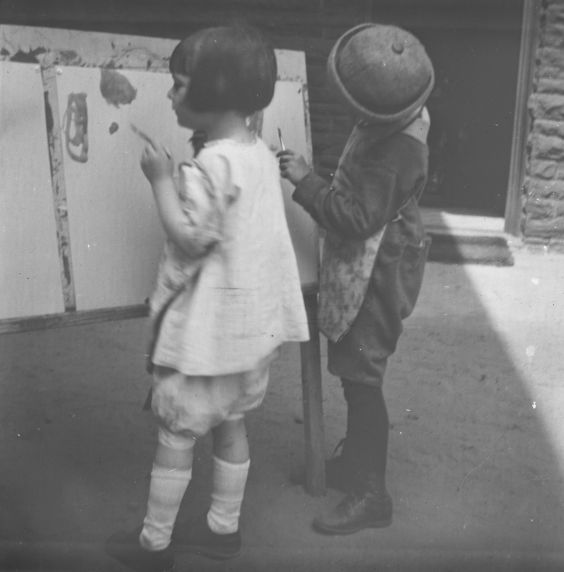 The founding of the Merrill-Palmer Institute came about through the generosity of one of Detroit's prominent citizens: Lizzie (Elizabeth) Pitts Merrill Palmer. Upon her death in 1916, she left three million dollars for the establishment of a school that would address the unique issues of children's development in an urban setting and train potential Detroit mothers, specifically, in the proper care of their young children. A cornerstone of the Institute and one to which it was most frequently identified, was the nursery school, now know as the Early Childhood Center (ECC). Fulfilling dual missions for outreach to the Detroit community by providing quality care and education for children aged 2-5 years, as well as research and training opportunities for university students and faculty, the ECC continues the long-standing focus on the importance of children's health, well-being, and education as factors for success in life.
The founding of the Merrill-Palmer Institute came about through the generosity of one of Detroit's prominent citizens: Lizzie (Elizabeth) Pitts Merrill Palmer. Upon her death in 1916, she left three million dollars for the establishment of a school that would address the unique issues of children's development in an urban setting and train potential Detroit mothers, specifically, in the proper care of their young children. A cornerstone of the Institute and one to which it was most frequently identified, was the nursery school, now know as the Early Childhood Center (ECC). Fulfilling dual missions for outreach to the Detroit community by providing quality care and education for children aged 2-5 years, as well as research and training opportunities for university students and faculty, the ECC continues the long-standing focus on the importance of children's health, well-being, and education as factors for success in life.
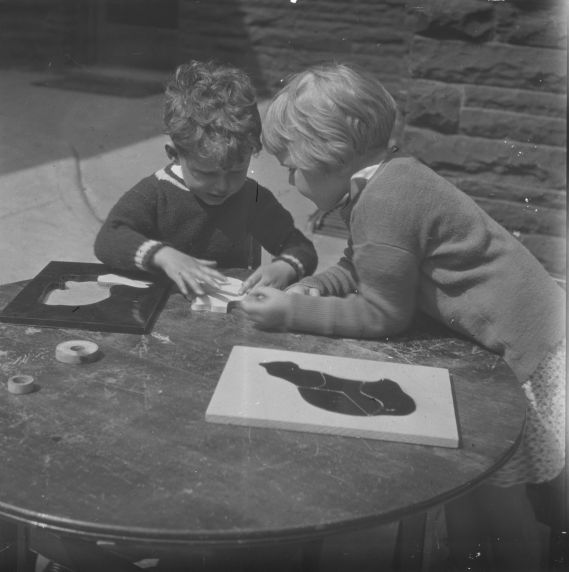 What has become a nationally renowned center for the study and nurture of child development began just two years into the operation of the Merrill-Palmer Institute. The Director's report from the 1921 Annual Report identifies Helen T. Woolley, Ph.D., a psychologist from the Cincinnati Public Schools as the first staff person assigned to the "Nursery School experiment." The same report lists the nursery school as one of three types of work in progress, along with unit courses in homemaking and nutrition. Clearly, the goal was to create an advantageous environment whereby children could be observed and studied in order to develop enhanced methods of childcare and an opportunity for training in those methods. To such an end, the Institute looked to English nursery schools, which they saw as exemplary models in early childhood education. In fact, for the first twelve years of operation, all the head teachers at the school were Englishwomen.
What has become a nationally renowned center for the study and nurture of child development began just two years into the operation of the Merrill-Palmer Institute. The Director's report from the 1921 Annual Report identifies Helen T. Woolley, Ph.D., a psychologist from the Cincinnati Public Schools as the first staff person assigned to the "Nursery School experiment." The same report lists the nursery school as one of three types of work in progress, along with unit courses in homemaking and nutrition. Clearly, the goal was to create an advantageous environment whereby children could be observed and studied in order to develop enhanced methods of childcare and an opportunity for training in those methods. To such an end, the Institute looked to English nursery schools, which they saw as exemplary models in early childhood education. In fact, for the first twelve years of operation, all the head teachers at the school were Englishwomen.
Edna Noble White, the first director of the Institute, cited two main reasons for the creation of the nursery school: the lack of adequate developmental and educational equipment in the modern home, and the idea that the early years of a person's life are critical, a notion then taking root in modern psychology. Ms. White was instrumental in the creation of the nursery school as a blending of the English system's emphasis on the health and physical care of a child with the mental and social development benefits of the Montessori method of education. Her intent mirrored the goals of the Institute: to provide a service to the children in the community while at the same time providing training for students of child psychology, childhood nutrition, and home economics through the auspice of a quality day care. Essentially, the idea of the nursery school as a "lab" afforded the Institute an essential tool to focus on the physical, mental, social, and emotional growth of young children – essentially addressing the issue of the 'whole' child.
It is interesting to note that female students, in particular, were targeted for this training, due to the 'homemaking' focus of the Institute in an era where domesticity was viewed as women's sole domain. Six female seniors from the home economics division of the Michigan Agricultural College (now Michigan State University) constituted the first group of students to utilize the nursery school. In addition to lectures, training consisted of lab work in the nursery school and the children's diet kitchen, fieldwork with local social agencies, and household management through residency in the institute's apartments. Subsequently, students from the University of Michigan, University of Nebraska, and Ohio Wesleyan University underwent residency terms, and women from Detroit Teachers College made regular visits. Participation quickly expanded to include graduate students in child psychology, sociology, education, and nursing. Word spread fast in such a new and small field so that between 1924-1940, seventy-seven of attending students were international, from countries as diverse as China, Turkey, South Africa, Poland, and New Zealand, to name a few.
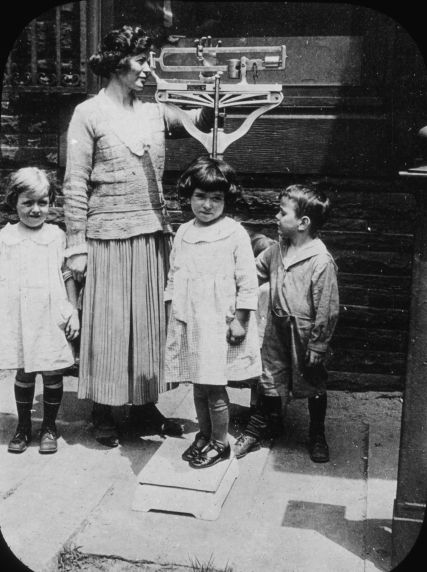 Enrollment of children garnered an overwhelming response from the community through early ties with the Detroit Public School System. The school opened with thirty children on January 9, 1922 with a waiting list over 100 names long. In addition to a regular daily regiment of learning opportunities, meals, and outdoor play, children were physically examined monthly and routinely given mental examinations. The purpose of the nursery school expanded over the years, to include training for specialists – researchers and practitioners in related fields, attracting participants from all over the globe. It offered a unique, one-of-a-kind opportunity for scientific study of early childhood.
Enrollment of children garnered an overwhelming response from the community through early ties with the Detroit Public School System. The school opened with thirty children on January 9, 1922 with a waiting list over 100 names long. In addition to a regular daily regiment of learning opportunities, meals, and outdoor play, children were physically examined monthly and routinely given mental examinations. The purpose of the nursery school expanded over the years, to include training for specialists – researchers and practitioners in related fields, attracting participants from all over the globe. It offered a unique, one-of-a-kind opportunity for scientific study of early childhood.
A sample of titles of published research on nursery (preschool) children in the first 10-15 years of the Institute illustrate the use of the nursery school as a research tool:
"Activity in Children in a Nursery School, its Relation to the Afternoon Nap"
"A Measure of Singing and Rhythmic Development in Preschool Children"
"Color Preferences and Drawing in Nursery School Children"
"A Study of the Laughter of Preschool Children in the Merrill-Palmer Nursery School"
The nursery school, undoubtedly, was instrumental in the success of not only the Merrill-Palmer Institute but the burgeoning field of study on early childhood development. Its establishment is remarkable in many ways, not the least of which was the creation of a ground-breaking laboratory/child care center to study children in the early stages of life and serve as a model for early childhood education programs.
For more information on the Merrill-Palmer Institute, its programs, administration, staff, and founding, please consult the following collections:
Merrill-Palmer Institute: Merrill-Palmer Corporation Records
Merrill-Palmer Institute: Edna Noble White Records
Merrill-Palmer Institute: Ethel B. Waring Records
Merrill-Palmer Institute: Dr. Pauline Park Wilson Knapp Records
Merrill-Palmer Institute: Dr. Esther McGinnis Records
Merrill-Palmer Institute: Dr. J. William Rioux Records
Merrill-Palmer Institute: Armin Grams Records
Merrill-Palmer Institute: Icie G. Macy Hoobler Papers
Merrill-Palmer Institute: Kresge Historical Library Records
Merrill-Palmer Institute: Lawrence Kelso Frank Papers
Merrill-Palmer Institute: Ernest Groves Records
Merrill-Palmer Institute: Dr.William McKee Records
Merrill-Palmer Institute: Merrill and Palmer Families Records
Merrill-Palmer Institute Records
Merrill-Palmer Institute: Dr. Michael D. Usdan Records
Merrill-Palmer Institute: Dr. Francis H. Palmer Records
Elise Hatt Campbell Papers
Louise (Sally) Langdon Brown Papers
Deborah Rice is the Technical Services Archivist for the Walter P. Reuther Library.
- drice's blog
- Login to post comments
- Printer-friendly version

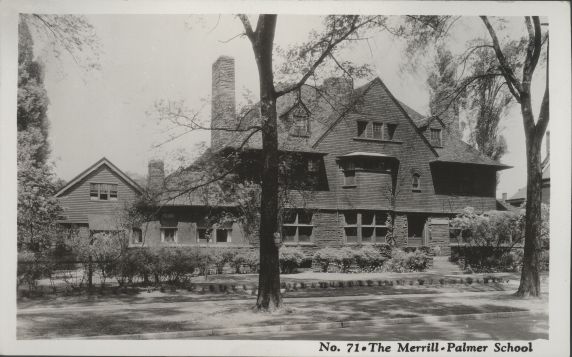
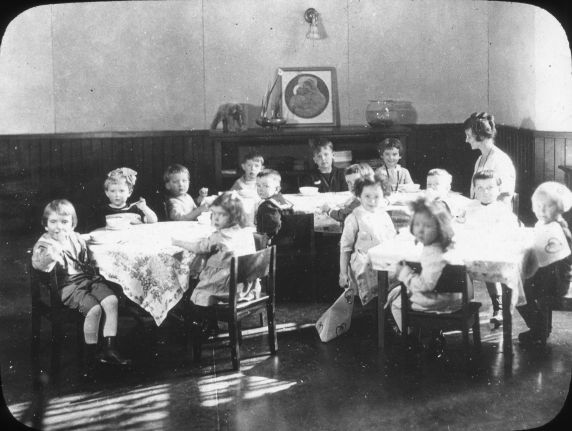
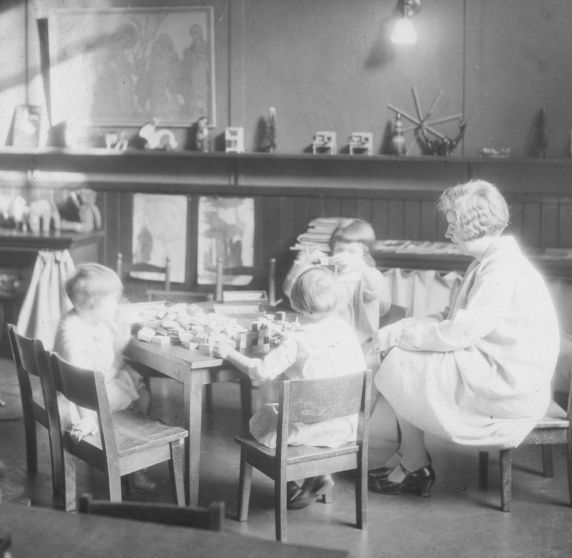
 Reddit
Reddit Facebook
Facebook LinkedIn
LinkedIn